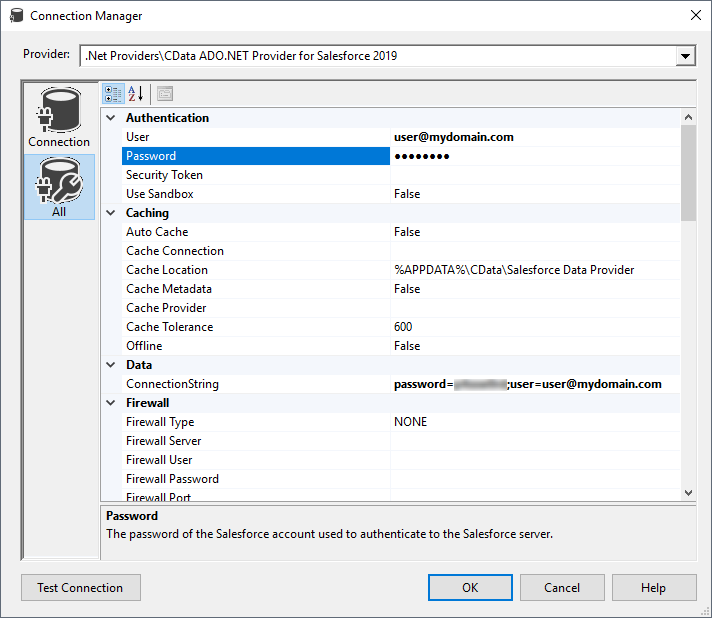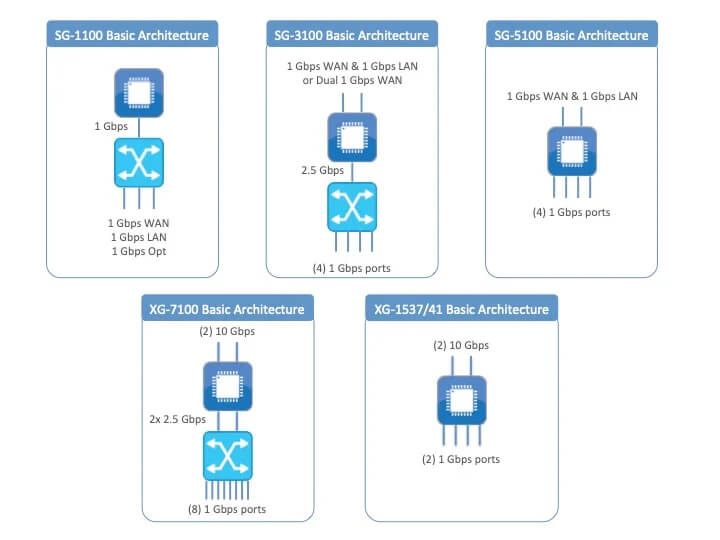
- #Sap download manager firewall ports how to
- #Sap download manager firewall ports update
- #Sap download manager firewall ports full
- #Sap download manager firewall ports software
#Sap download manager firewall ports software
SAP Note 2015553 lists prerequisites for SAP-supported SAP software deployments in Azure.The required SAP kernel version for Windows and Linux on Microsoft Azure.The supported SAP software, and operating system (OS) and database combinations.Important capacity information for Azure VM sizes.The list of Azure VM sizes that are supported for the deployment of SAP software.

Read the following SAP Notes and papers first: In the example configurations, installation commands, instance number 03, and HANA System ID HN1 are used.
#Sap download manager firewall ports how to
This article describes how to deploy and configure the virtual machines, install the cluster framework, and install and configure SAP HANA System Replication. Changes to the data on the primary node are replicated to the secondary node synchronously or asynchronously. SAP HANA Replication consists of one primary node and at least one secondary node. On Azure virtual machines (VMs), HANA System Replication on Azure is currently the only supported high availability function. You make these configurations when you install a site system role or client, or change them later as needed.įor more information, see Proxy server support.For on-premises development, you can use either HANA System Replication or use shared storage to establish high availability for SAP HANA. You can specify separate proxy servers for different site system servers and clients. If your organization restricts network communication with the internet using a firewall or proxy device, make sure to allow the necessary endpoints.įor more information, see Internet access requirements Proxy servers
#Sap download manager firewall ports full
Some Configuration Manager features rely on internet connectivity for full functionality.
#Sap download manager firewall ports update
For more information, see Websites for site system servers.īefore you deploy Configuration Manager, identify the ports that you plan to use, and set up firewalls as needed.Īfter you install Configuration Manager, if you need to change a port, don't forget to update firewalls on devices and the network. Some site system roles support the use of custom websites and custom ports. Most Configuration Manager communications use common ports like port 80 for HTTP or 443 for HTTPS.

Some ports are required, and some you can customize.

Ports and protocolsĭifferent Configuration Manager features use different network ports. For example, open firewall ports to pass the communications used by Configuration Manager. To prepare your network to support Configuration Manager, you may need to configure some infrastructure components. Applies to: Configuration Manager (current branch)


 0 kommentar(er)
0 kommentar(er)
